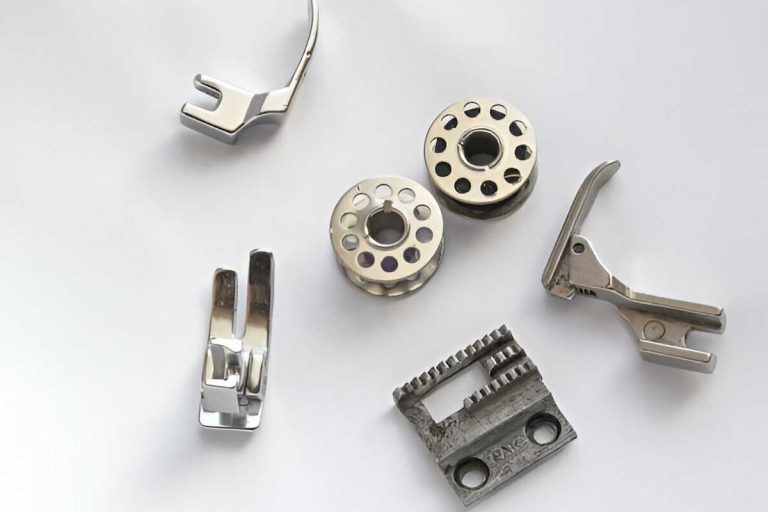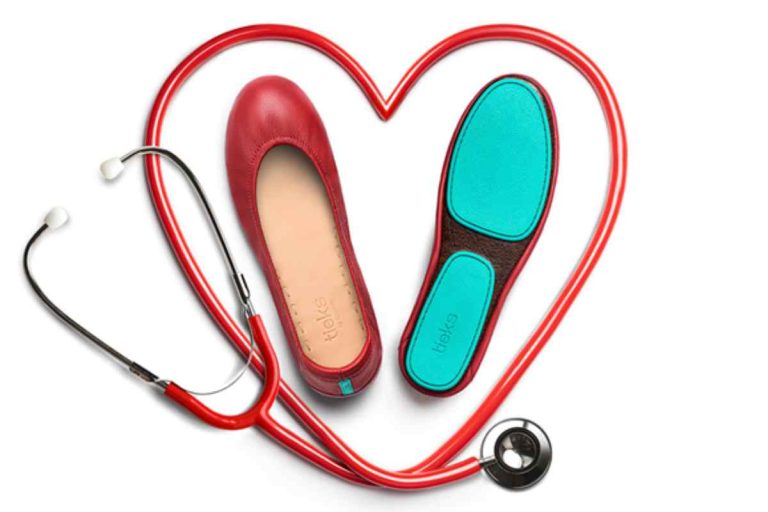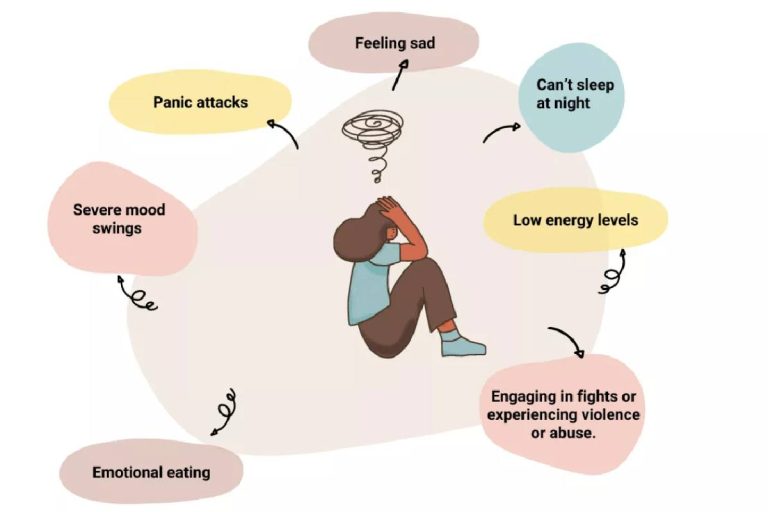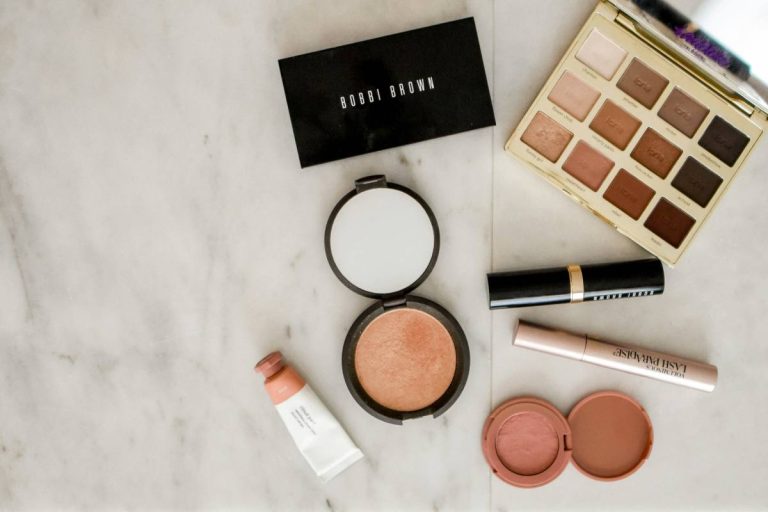Ever walked into a wedding and felt like you were underdressed? Yeah, I’ve been there too. That awkward moment when you realize your regular saree just doesn’t cut it next to those stunning silk masterpieces everyone else is wearing. That’s exactly how I felt until I discovered the diadem – ashirah sil collection, and honestly, it changed my entire perspective on traditional wear.
Table of Contents
What Makes Diadem – Ashirah Sil Special?
Let me tell you something – I’ve been to countless weddings, festivals, and family gatherings, and there’s something magical about how certain sarees just command attention. The Ashirah Sil collection isn’t just another silk saree line; it’s like wearing a piece of art that tells a story.
Picture this: You’re getting ready for your cousin’s wedding, and you slip into one of these silk beauties. The way the fabric drapes, the intricate zari work catching the light, and that feeling of absolute elegance – it’s like wearing confidence itself.
The Royal Connection: Why “Diadem”?
The name itself tells you everything. A diadem traditionally represents a crown or royal headpiece, and that’s exactly what these sarees do for you – they crown you with grace and sophistication. When you wear an Ashirah Sil saree, you’re not just wearing fabric; you’re embodying centuries of tradition wrapped in modern elegance.
Breaking Down the Ashirah Sil Experience
Hand-Woven Perfection
I remember the first time I felt the texture of an Ashirah Sil saree. The hand-woven silk felt different – substantial, luxurious, like it had its own personality. These aren’t machine-made copies; they’re crafted by skilled artisans who understand that every thread matters.
What makes them stand out:
- Pure silk fabric that feels incredible against your skin
- Hand-woven textures that add depth and character
- Rich zari work that catches light beautifully
- Vibrant color combinations that photograph amazingly
The Color Story
One thing that blew me away about the diadem – ashirah sil collection is how they play with colors. We’re talking about hues that make you look like you stepped out of a royal portrait:
- Deep emerald greens that make your eyes pop
- Regal burgundies perfect for evening celebrations
- Classic gold combinations that never go out of style
- Soft pastels for daytime functions
When to Wear Your Diadem – Ashirah Sil
Wedding Season Warriors
Wedding season can be exhausting, right? You need outfits that work for multiple occasions without making you look like you’re wearing the same thing twice. That’s where these silk sarees really shine.
Perfect for:
- Bridal events – Whether you’re the bride or a guest
- Festival celebrations – Diwali, Dussehra, you name it
- Anniversary parties – When you want to look effortlessly elegant
- Family gatherings – Because first impressions matter
The Confidence Factor
Here’s something nobody talks about enough – how clothes make you feel. I’ve noticed that when I wear my Ashirah Sil saree, I stand taller, smile more, and feel genuinely beautiful. It’s not just about looking good; it’s about feeling like the best version of yourself.
Shopping Smart: What to Look For
Quality Markers
Not all silk sarees are created equal, and I learned this the hard way. Here’s what to check when you’re investing in a diadem – ashirah sil piece:
Fabric Quality:
- Pure silk should feel smooth and substantial
- Zari work should be well-secured and evenly distributed
- Color fastness – No bleeding or fading
- Weave consistency throughout the saree
Styling Tips That Actually Work
Let me share some real-world styling advice that I wish someone had told me earlier:
For Daytime Events:
- Pair with traditional gold jewelry
- Keep makeup natural and glowing
- Choose comfortable blouse designs
- Opt for lighter silk variants
For Evening Celebrations:
- Go bold with statement jewelry
- Experiment with dramatic blouse styles
- Choose richer, deeper colors
- Add a traditional clutch to complete the look
The Investment Perspective
Why It’s Worth Every Penny
I know what you’re thinking – premium silk sarees can be expensive. But here’s how I look at it: this isn’t just a purchase; it’s an investment in timeless elegance. A good Ashirah Sil saree will last for decades, become a part of your family’s tradition, and never go out of style.
Value factors:
- Durability – These sarees age beautifully
- Versatility – Perfect for multiple occasions
- Heirloom quality – Pass them down to future generations
- Confidence boost – Priceless feeling of looking amazing
Care and Maintenance
Taking care of your diadem – ashirah sil collection isn’t rocket science, but it does require some attention:
- Dry clean only – Don’t risk home washing
- Proper storage – Use breathable garment bags
- Regular airing – Prevent moisture buildup
- Gentle handling – Especially around the zari work
The Cultural Connection
More Than Just Fashion
What I love most about the Ashirah Sil collection is how it connects us to our cultural roots. Every time I drape one of these sarees, I feel connected to generations of women who understood the power of traditional elegance.
These aren’t just silk sarees; they’re cultural statements that say, “I respect my heritage while embracing modern sophistication.”
Making the Right Choice
Finding Your Perfect Match
Shopping for the perfect diadem – ashirah sil saree is like finding your signature style. Here’s my process:
- Consider the occasion – Wedding? Festival? Family function?
- Think about your color palette – What makes you glow?
- Assess your comfort level – Heavy silk vs. lighter options
- Budget planning – Invest in quality over quantity
Where to Shop
The Ashirah by Diadem stores offer an experience that’s worth the visit. You get to feel the fabrics, see the intricate work up close, and get expert styling advice. Plus, there’s something special about shopping for traditional wear in a setting that understands its cultural significance.
The Final Verdict
After wearing multiple Ashirah Sil sarees to various events, I can honestly say that this collection has earned its place in my wardrobe. The quality, the elegance, the way they make you feel – it all adds up to something truly special.
Whether you’re building your bridal trousseau, updating your festive wardrobe, or looking for that perfect statement saree, the diadem – ashirah sil collection offers something that’s hard to find elsewhere: the perfect blend of tradition and contemporary style.
Trust me, once you experience the magic of wearing an Ashirah Sil saree, you’ll understand why this collection has become synonymous with timeless elegance. It’s not just about looking good; it’s about feeling like the royal, confident, beautiful woman you are.
So the next time you’re getting ready for a special occasion, remember – you’re not just wearing a saree; you’re wearing a piece of art that celebrates the beauty of tradition and the power of feeling absolutely stunning. That’s the true magic of diadem – ashirah sil.
Check Out: rs 125 only on thespark shop men jackets











